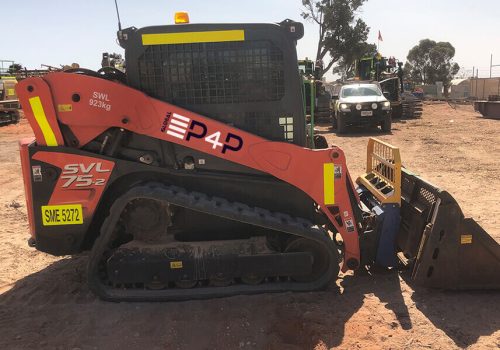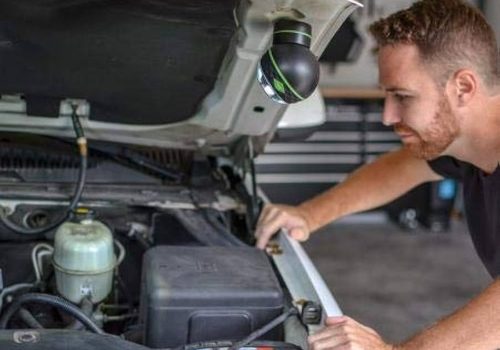Why Modern Car Taillights Demand Specialized Repair Equipment
Car taillights have evolved far beyond simple bulbs and lenses. Today’s vehicles feature advanced taillight systems incorporating LED technology, intricate wiring, sensors, and integrated control modules. As a result, repairing or replacing modern car taillights requires more than basic tools—it demands specialized equipment and diagnostic devices. Understanding why these advanced systems need expert care can help car owners appreciate the importance of professional repairs and proper maintenance.
Complex Technology Behind Modern Taillights
Unlike traditional incandescent bulbs, many modern cars use LED (Light Emitting Diode) taillights. LEDs provide brighter illumination, faster response times, and greater energy efficiency, but they rely on sophisticated electronic circuits. These circuits are controlled by onboard computers that regulate lighting patterns, brightness levels, and even adaptive signals. Repairing or replacing components in such systems requires technicians to understand complex electrical layouts and use specialized tools that can communicate with the vehicle’s computer system. The Auto Repair in Sunrise, FL based service can really help after this.
Advanced Diagnostic Tools Are Essential
When a modern taillight malfunctions, it’s rarely a simple bulb failure. Problems can stem from wiring faults, faulty control modules, or software glitches. Specialized diagnostic equipment allows technicians to scan the vehicle’s onboard systems, identify error codes, and pinpoint the exact cause of the issue. Without these tools, repairs can become guesswork, leading to repeated failures or incomplete fixes. Advanced diagnostics improve repair accuracy, reduce labor time, and ensure that all underlying problems are addressed properly.
Precision in Installation and Calibration
Modern taillight units often come with integrated sensors and require precise alignment for optimal performance. For example, adaptive brake lights or sequential turn signals must be calibrated correctly to function as intended. Specialized equipment is used to align the lights and reset system parameters after replacement or repair. Improper installation without these tools can lead to malfunctions, reduced visibility, or even system errors that trigger warning lights on the dashboard.
Handling Sensitive and Expensive Components
LED taillights and their control systems are delicate and costly. Mishandling during repairs can cause irreversible damage, increasing expenses for parts and labor. Specialized repair tools minimize the risk of damage by allowing technicians to work safely and efficiently. These tools include anti-static equipment, precision screwdrivers, and proper connectors designed specifically for modern taillight assemblies. Using the right equipment preserves the integrity of the components and ensures long-lasting repairs.
Ensuring Compliance with Safety and Warranty Standards
Manufacturers design taillight systems to meet strict safety and regulatory requirements. When repairs are performed with proper diagnostic and repair tools, vehicles maintain compliance with these standards. Furthermore, many manufacturers require that taillight repairs be done using authorized equipment to keep warranties valid. Professional technicians equipped with specialized tools help maintain your vehicle’s safety, legality, and warranty coverage, offering peace of mind.
Conclusion
The sophisticated technology of modern car taillights demands specialized repair equipment for accurate diagnostics, precise installation, and careful handling. These advanced tools ensure repairs are effective, components remain undamaged, and your vehicle stays compliant with safety standards. Trusting expert technicians with the right equipment is essential to keep your taillights functioning perfectly and maintaining the safety and value of your car.





